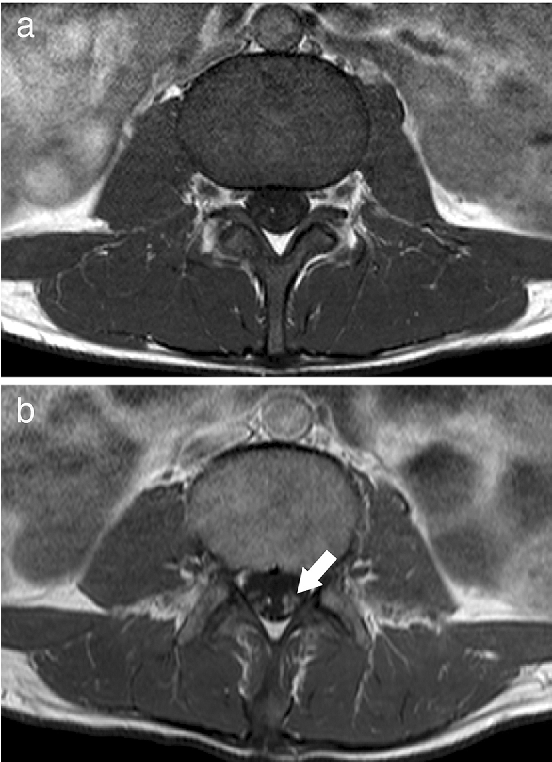cmv-related polyradiculopathy in aids patient is a common opportunistic pathogen in individuals with Acquired Immunodeficiency Syndrome (AIDS). Among its various neurological manifestations, CMV-related polyradiculopathy is particularly severe, affecting the peripheral nervous system. This article provides an in-depth review of its clinical presentation, diagnostic strategies, therapeutic interventions, and prognostic implications.

Clinical Presentation
Symptoms and Signs
CMV-related polyradiculopathy typically develops as a subacute condition with the following key features:
- Progressive Lower Extremity Weakness: Patients experience increasing difficulty in ambulation due to motor deficits.
- Radicular Pain and Sensory Disturbances: Paresthesia, numbness, and burning pain in the lower limbs.
- Areflexia or Hyporeflexia: Diminished or absent deep tendon reflexes.
- Autonomic Dysfunction: Urinary retention due to sacral nerve involvement.
The disease predominantly affects the lumbosacral nerve roots, leading to cauda equina syndrome. Without timely treatment, it can rapidly progress to flaccid paraplegia.
Diagnostic cmv-related polyradiculopathy in aids patient
Cerebrospinal Fluid (CSF) Analysis
A lumbar puncture reveals characteristic abnormalities:
- Pleocytosis: Elevated white blood cell count, primarily neutrophils.
- Increased Protein Levels: Reflecting inflammation and nerve root involvement.
- Hypoglycorrhachia: Low CSF glucose concentration due to viral invasion.
- CMV DNA Detection: PCR analysis confirms the presence of CMV in CSF.
Neuroimaging
Magnetic Resonance Imaging (MRI) of the lumbosacral spine may reveal:
- Meningeal Enhancement: Gadolinium-enhanced imaging can show thickening and enhancement of the cauda equina meninges.
- Nerve Root Swelling: Indicates inflammatory damage.
Electrodiagnostic Studies
Electromyography (EMG) and nerve conduction studies are useful in assessing nerve damage:
- Axonal Polyradiculopathy: Severe axonal loss in nerve roots.
- Denervation Patterns: Widespread denervation in lower limb muscles.
These studies help differentiate CMV-related polyradiculopathy from other neuropathies such as Guillain-Barré syndrome.
Therapeutic Interventions
Antiviral Therapy
Early initiation of antiviral treatment significantly improves outcomes:
- Ganciclovir: First-line intravenous antiviral therapy that targets CMV replication.
- Foscarnet: An alternative for patients who are intolerant to ganciclovir or have resistant CMV strains.
- Combination Therapy: Used in cases of severe disease or treatment failure.
Highly Active Antiretroviral Therapy (HAART)
The advent of HAART has drastically reduced the incidence of CMV-related complications by improving immune function. Optimizing HIV control through HAART is critical for long-term neurological recovery.
Prognosis
The prognosis of CMV-related polyradiculopathy depends on the timing of diagnosis and treatment:
- Untreated Cases: Rapid deterioration with progression to paralysis and death within weeks.
- Treated Cases: Many patients experience stabilization or improvement, though some may have residual deficits.
Early diagnosis and prompt antiviral therapy are crucial for improving patient outcomes.